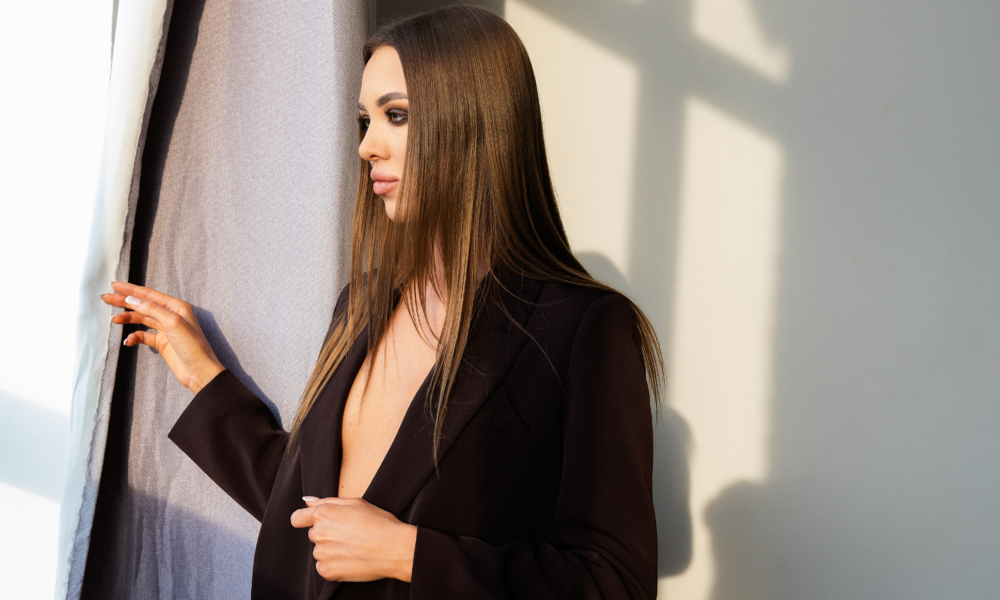GPT-4 and the Future of Trend Forecasting for Fashion and Beauty Brands
Posted on |

For years, trend forecasting has been an essential aspect of the fashion and beauty industries. Companies rely on trend forecasters to predict which colors, styles, and products will be popular in the upcoming seasons. These forecasts help companies determine what products to create and how to market them to consumers.
But what if trend forecasting could be made even more accurate and efficient? That’s where GPT-4 comes in. With its advanced natural language processing capabilities, GPT-4 could take trend forecasting to the next level.
One way GPT-4 could revolutionize trend forecasting is by analyzing social media data. With billions of people using social media platforms like Instagram and TikTok every day, there is a wealth of data that could be mined to identify trends. GPT-4 could analyze the language people use when discussing fashion and beauty, as well as the images and videos they share, to identify emerging trends. This could provide companies with a more accurate and real-time understanding of what consumers are interested in.
Another way GPT-4 could transform trend forecasting is by analyzing data from fashion and beauty blogs and websites. There are countless fashion and beauty blogs and websites out there, and they often provide early signals of emerging trends. GPT-4 could analyze the language used in these blogs and websites to identify emerging trends before they become mainstream. This could give companies a competitive advantage by allowing them to create products that capitalize on emerging trends before their competitors.
GPT-4 could also be used to analyze data from fashion and beauty events. Fashion and beauty events like fashion weeks, beauty conventions, and trade shows are where many new trends are first introduced. GPT-4 could analyze the language used in press releases, interviews, and social media posts from these events to identify emerging trends. This could help companies stay ahead of the curve by creating products that are in line with emerging trends.
But perhaps the most exciting way GPT-4 could transform trend forecasting is by predicting trends before they even happen. GPT-4 could analyze a wide range of data, including historical fashion and beauty trends, cultural and societal trends, and even weather patterns, to make predictions about future trends. This could help companies create products that anticipate future trends, giving them a significant advantage over their competitors.
Of course, as with any new technology, there are also potential drawbacks to consider. One concern is the possibility of GPT-4 reinforcing existing biases and stereotypes in the fashion and beauty industries. If the data used to train GPT-4 is biased, the predictions it makes could also be biased. This could perpetuate harmful stereotypes and exclude certain groups of people from the fashion and beauty industries.
Another concern is the potential for GPT-4 to replace human trend forecasters altogether. While GPT-4 could certainly make trend forecasting more efficient and accurate, it’s important to remember that there is value in the human touch. Human trend forecasters bring a level of creativity and intuition to the process that machines can’t replicate.
Despite these concerns, the potential benefits of GPT-4 for the fashion and beauty industries are clear. By providing more accurate and real-time trend forecasts, GPT-4 could help companies create products that better meet the needs and desires of consumers. And by predicting future trends, GPT-4 could give companies a significant advantage over their competitors.
Need help with digital marketing strategy? Let’s connect!
Complete the questionnaire so we can learn more about your brand and schedule a Discovery Call.
